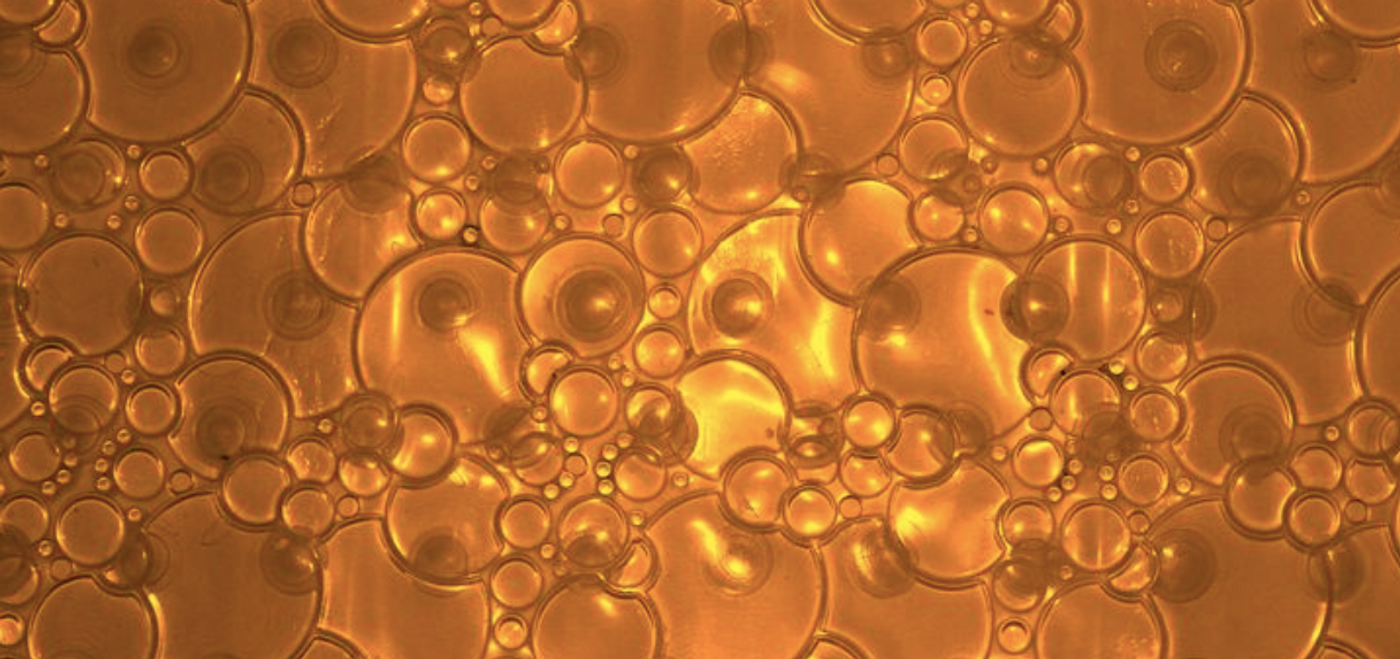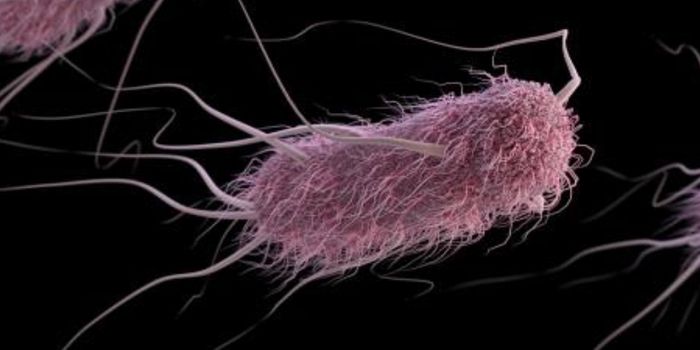The Anti-Cancer, Copper-Binding Compounds Found in Fish
In the world's waterways, fish are confronted with endless challenges. For example, they have to defend themselves from predators, evade capture, compete with others for food, deal with the impact of pollution, and contend with a world of microbial life. Researcher and professor Myriam Cotten of The College of William & Mary has been studying fish immunity, and the small molecules that fish produce; in particular, compounds called piscidins that are generated by hybrid striped bass.
"There is a universal theme that organisms produce protective compounds that are co-evolving with the pathogens and the threats they are exposed to," said Cotten. Piscidins are thought to be a kind of host defense peptide (HDP).
Researcher and associate professor Alfredo Angeles-Boza of the University of Connecticut told Cotten that piscidins could bind to copper. Copper is known for its antimicrobial properties, producing the term 'contact killing,' and its use has to be carefully regulated in organisms because it can be toxic.
In this work, published in Scientific Reports, the scientists began engineering peptides that could link up with copper in vitro, and identified two that had efficacy against cancer cells.
HDPs already work against pathogens by disrupting cell membranes. "The peptides can form a helical structure, much like DNA also exists in a helical form. What happens with the binding is that you modify the structure," Cotten explained. "Now you have a disrupted helix, with a [flattened] structure as the head of the peptide and the rest of it actually remains a wrapped helix."
That disrupted helix happens to also be very good at attacking parts of the membranes of bacteria and cancer cells.
When HDPs are given an enhanced ability to bind to copper, they can destroy the cell membranes in a second way, with the copper, which can break bonds between molecules in the cell membranes.
"When you bind the copper to the head of the peptide, you actually allow the head to get into the membrane," she said. "Instead of lying flat on the membrane it now gets deep inside the membrane." The cell membrane has to maintain its integrity, or the life of the cell is threatened.
These peptides aren't quite ready for clinical use because they don't yet leave healthy cells unharmed. But the researchers are hopeful that they can modify them so they can be applied in a targeted, direct way. "For instance, you have to use nanoscience to find a way to surround the peptide with a coating that will bring it to say, cancer cells over healthy cells," suggested Cotten.









